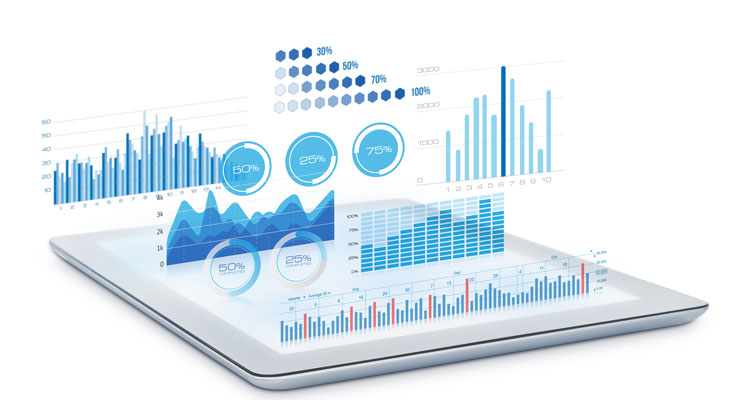
We’ve all heard that a failure to plan is a plan to fail, right? But how do you successfully execute on your portfolio strategy when internal, external factors and even unplanned demand impact your portfolios? Are you able to take these unpredictable forces and re-assess how you are executing on your strategy? This dilemma was the focus of a discussion I had with Gary Merrifield, Manager of IT Project Delivery and Quality Assurance at BlueCross BlueShield Louisiana, during a webcast, “Keep Calm and Plan On: Plan Well and Plan Often for Success.” The current environment of U.S. healthcare lends itself well to the challenges around creating long term plans based on assumptions that will change throughout the year.
Planning effectively can enable you to leverage your resources strategically, whether those resources are monetary, people, assets, or all of the above. We can all agree that planning (and lack of planning) definitely has a direct impact on your capacity and ability to execute your strategy. Still, there is more to planning than annual budgeting and project schedules – the ultimate goal being a continuous and adaptive plan throughout the year to ensure the allocation of resources is on the most important outcomes to your business.
How Are Mature Organizations Managing Their Capacity and Driving Success?
For starters, they use planning to lead the organization and ensure that the right things are selected and then scheduled based on priorities and capacity – instead of taking on more projects than they can handle. Gary and I discussed some real-world examples of how BlueCross BlueShield of Louisiana is managing their investment demand against capacity.
Here are some of the highlights that you will find most useful along with time markers next to each topic to quickly navigate the webcast.
- 4:48 – How do investments impact your capacity? If you group all investments together equally against capacity, you wind up with multiple, competing priorities and no mechanism to determine what should be delayed due to constraints. Measure and quantify the portfolio decisions so you can react quickly to changes or new investments.
- 10:26 – BlueCross BlueShield Louisiana developed a strategy to understand all of their demand and prioritize it against their capacity so they could execute against demand. A capacity plan is necessary for visibility into demand across the organization.
- 12:09 – Without standardization and centralized information, you will wind up working off multiple prioritized project lists. How can you prove that resources are over-allocated without real portfolio management?
- 12:45 – You need to understand what planned and unplanned work looks like if you want to optimize your resource capacity. You need a holistic view of your demand so capacity will align with what is important to your organization.
- 15:27 – Leverage portfolio management principles to collect and quantify the right information. Collect meaningful, timely, and essential information for real-time portfolio management.
- 17:46 – Create a single list of priority projects and use a single centralized source for demand and capacity data to understand the impact of new work. Use Planview Enterprise to define resource roles and use historical time reporting data to forecast capacity.
- 23:26 – Rank work based on business drives, analyze above/below-the-line decisions, and balance capacity and demand. Develop a plan that aligns with your financial and organizational perspective. You can then iterate this process as you move to continuous planning from annual planning.
- 31:00 – The more you use a PPM solution, the more accurate the data will become for planning purposes. Get essential information for the right projects when you review planned vs. actual and demand vs. capacity spending.
- 35:20 – It is important to define the right level of information from a role perspective to ensure the right level of capacity planning. Make sure you have processes in place to collect and manage the pipeline.
Register to listen to the full webcast, “Keep Calm and Plan On: Plan Well and Plan Often for Success” as it offers some unique insights for anyone striving to move from an annual plan to a continuous plan. If you want to dig deeper, I recently did a blog series on the subject of Planning Challenges and Best Practices that you may also find interesting. Leave a comment below to tell us about your planning process.
![Build the PMO’s Partnership with Finance Through Continuous Demand Management [Video]](https://blog.planview.com/wp-content/uploads/2018/02/Build-the-PMOs-Partnership-with-Finance-Through-Continuous-Demand-Management.jpg)



